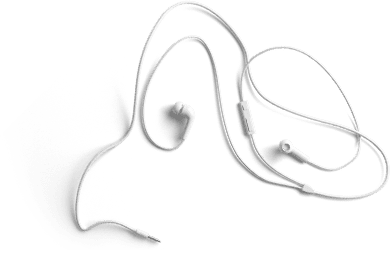American Military University Value and Impact of CPOE Discussion
Assessing the Value and Impact of CPOE
The University Health Care System (UHCS) is an academic medicalcenter with over 1,200 licensed beds and over 9,000 employees. Thesystem comprises the University Hospital, Winston Geriatric Hospital,Jefferson Rehabilitation Hospital and two outpatient centers in themetropolitan area. UHCS has a history of being a patriarchal,physician-driven organization. When University Health Care first startedtaking patients, it was viewed as a mecca to which community physiciansthroughout the South referred difficult-to-treat patients. Thatreferral mentality persisted for decades, so physicians within thesystem had a difficult time making the transition to an organizationthat had to compete for patients with other healthcare entities in thatregion.
In recent years, University Health Care System has evolved andgiven physicians proportionately more clout in decision making, in partbecause the healthcare leadership team has not stepped forward. Creatinga balance between clinician providers and administrative leadership is areal issue. In the midst of the difficulty, both groups have agreed toembark on the electronic health record (EHR) journey. Currently about 55percent of the system’s patient record is electronic; the remainder ison paper. The physicians as a whole, however, have embraced technologyand view the EHR as the “right road” to take in achieving theorganization’s goal of providing high-quality, safe, cost-effectivepatient care.
Currently, UHCS is in the midst of rolling out the CPOE portionof the EHR project. A multidisciplinary decision-making project wasestablished before beginning the initiative, and leaders andclinicians tried to educate themselves on what the CPOE project wouldentail. They were familiar with cases such as one at Cedars-Sinai whereCPOE was halted after a physician uproar over the time it took to useand patient safety concerns. To help ensure this did not happen at theUniversity Health Care System, the leadership team decided to take aslower, phased-in approach. Team members visited similar organizationsthat had implemented CPOE, attended vendor user-group conferences,consulted with colleagues from across the nation, and articulated thefollowing project goals:
- optimize patient safety
- improve quality outcomes and reduce variation in practice through the use of evidence-based practice guidelines
- reduce risk for errors
- accommodate regulatory standards expectations
- enhance patient satisfaction
- standardize processes
- improve efficiency
The board has made it very clear that it wants regular updates onthe progress of the project and expects to see what the return on theinvestment has been.
Questions:
1. How might you evaluate the CPOE implementation process atUniversity Health Care System? Give examples of different methods orstrategies you might employ.
2. How would you respond to the board’s desire for a “return oninvestment” from this initiative? Is it a reasonable request? Why or whynot?
3. Assume you are to lead the evaluation component of thisproject. You have reviewed the goals for this project. What processwould you use to develop a plan for assessing the value of CPOE? Whowould be involved? What roles would they play? How would you decide onthe best metrics to use? What baseline data would you want to collect orreview?
Must have a Title page, Abstract, use of Level I and II headings, a Conclusion section, and a References page. Use the template provided. Length 2-5pgs excluding Title, abstract, and reference pages.
Additional Resources:
http://www.himss.org/valuesuite/value-steps
http://www.healthcareitnews.com/news/how-measure-value-health-it
https://healthit.ahrq.gov/key-topics/computerized-provider-order-entry
Have a similar assignment? "Place an order for your assignment and have exceptional work written by our team of experts, guaranteeing you A results."








